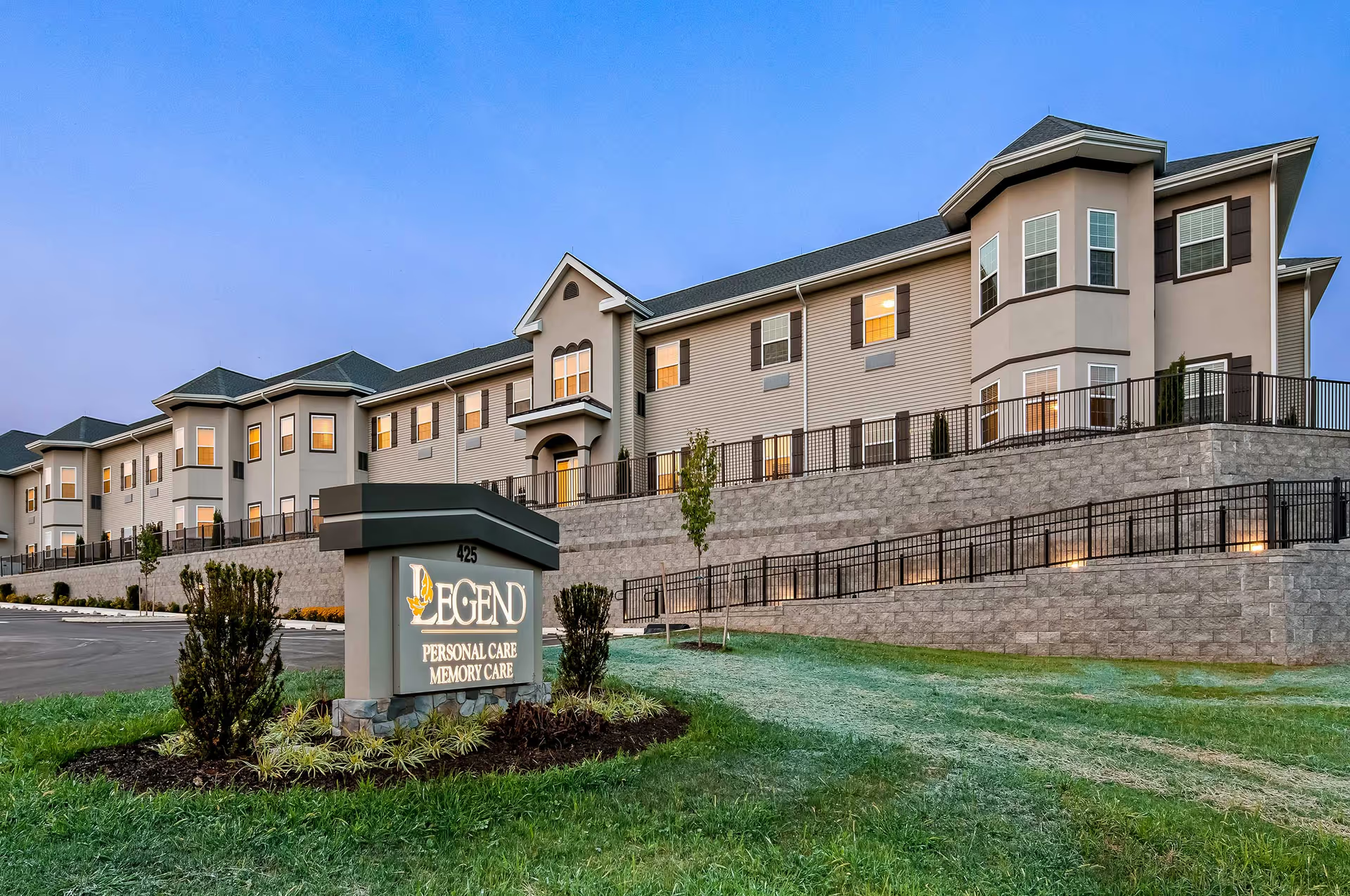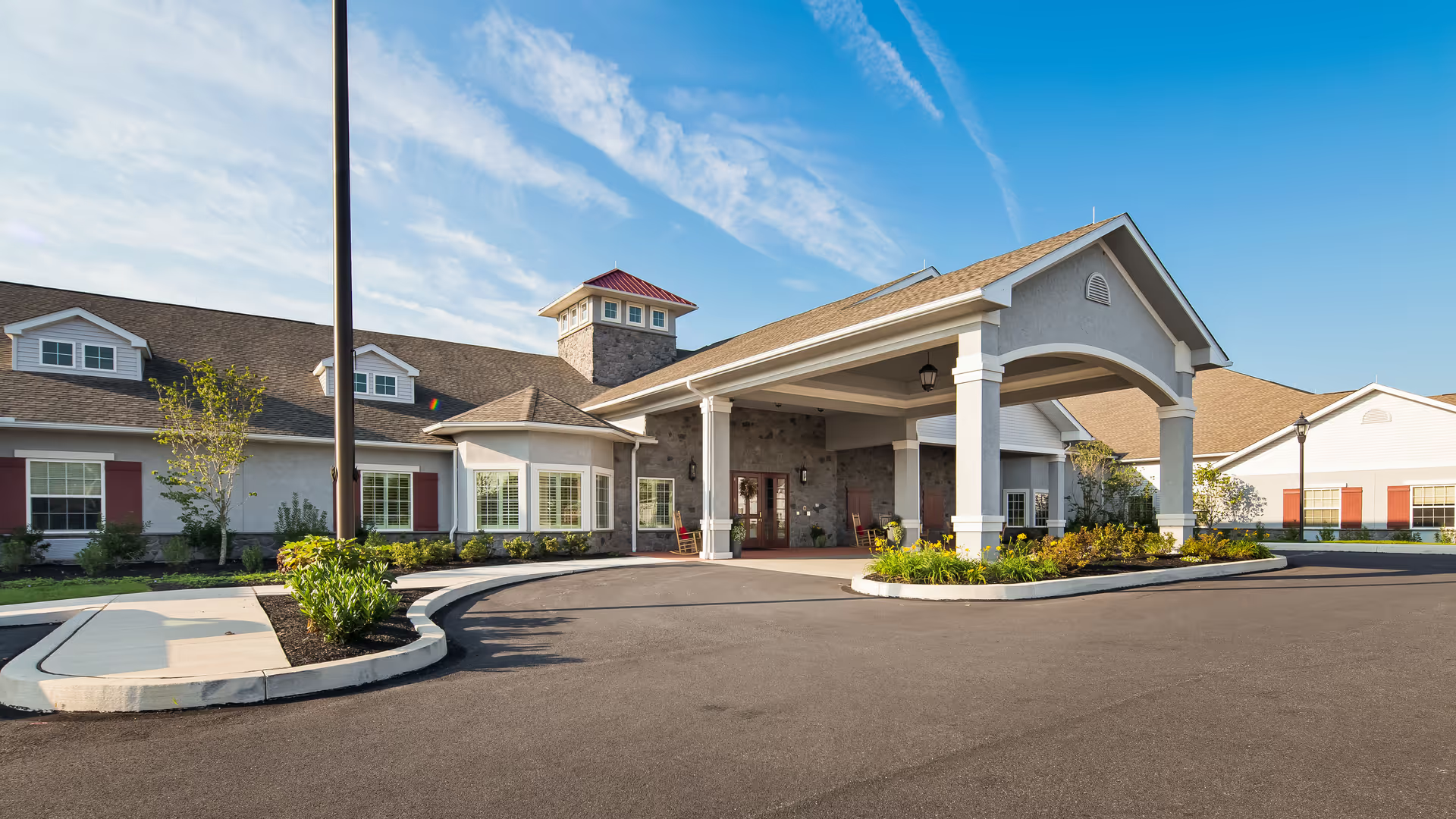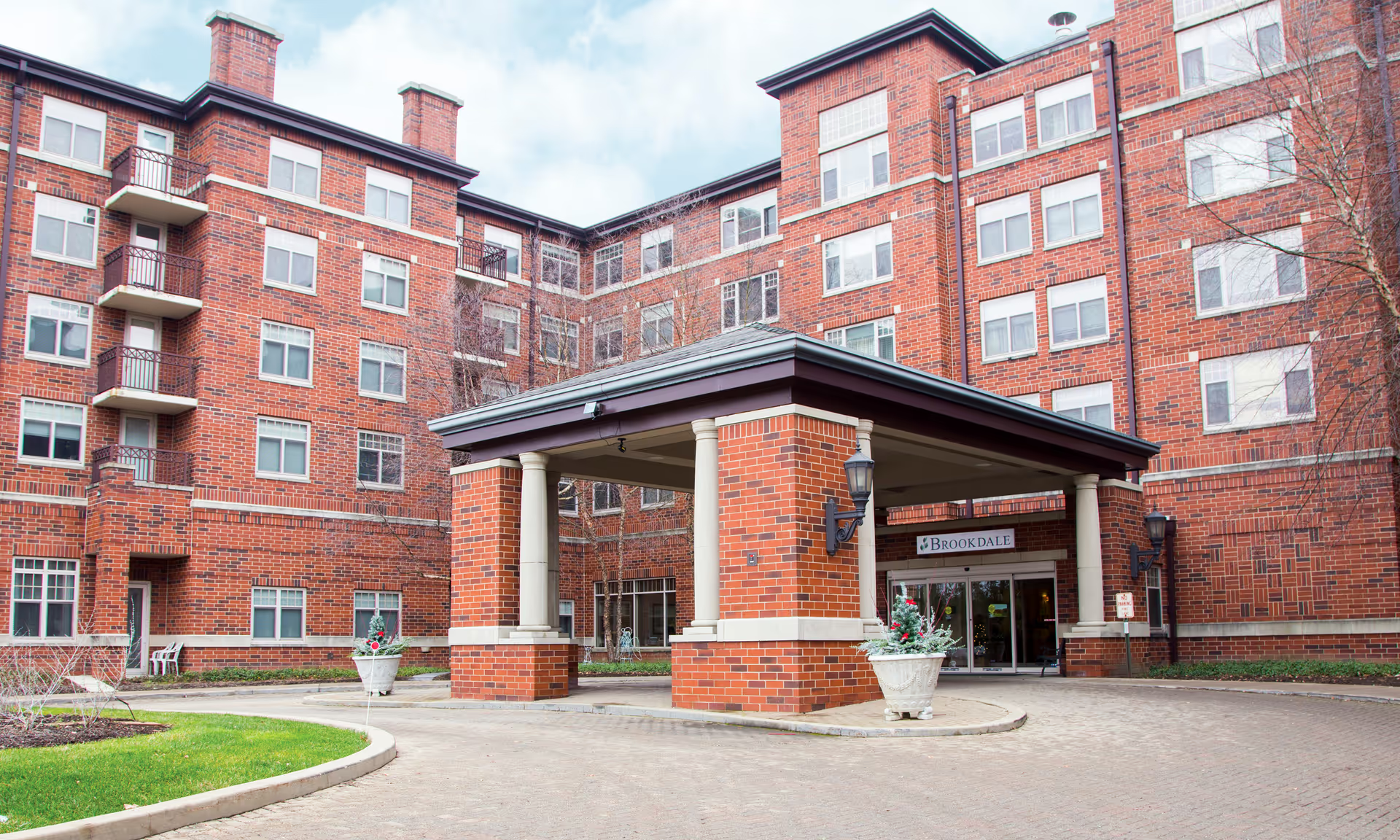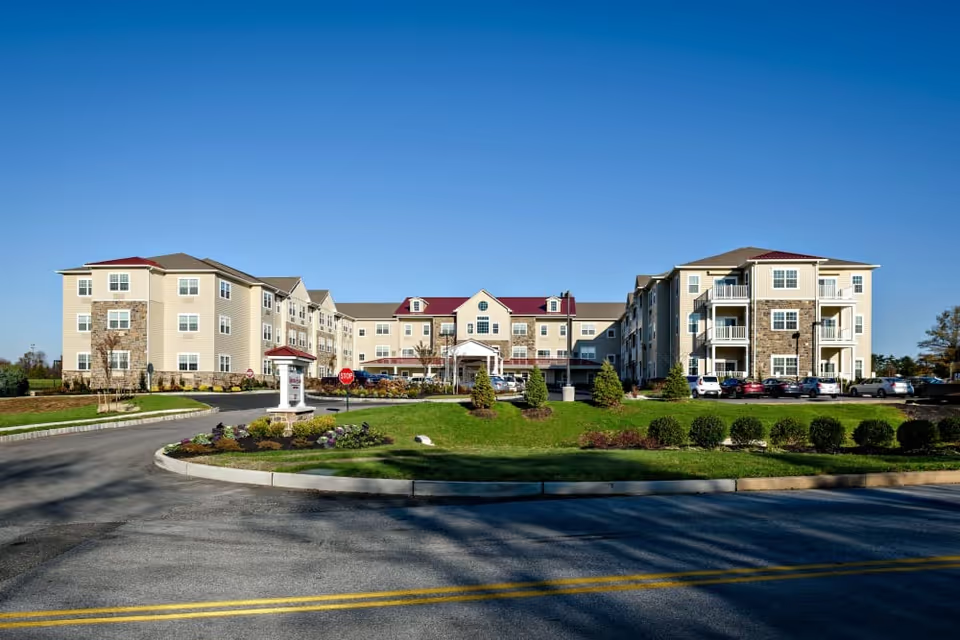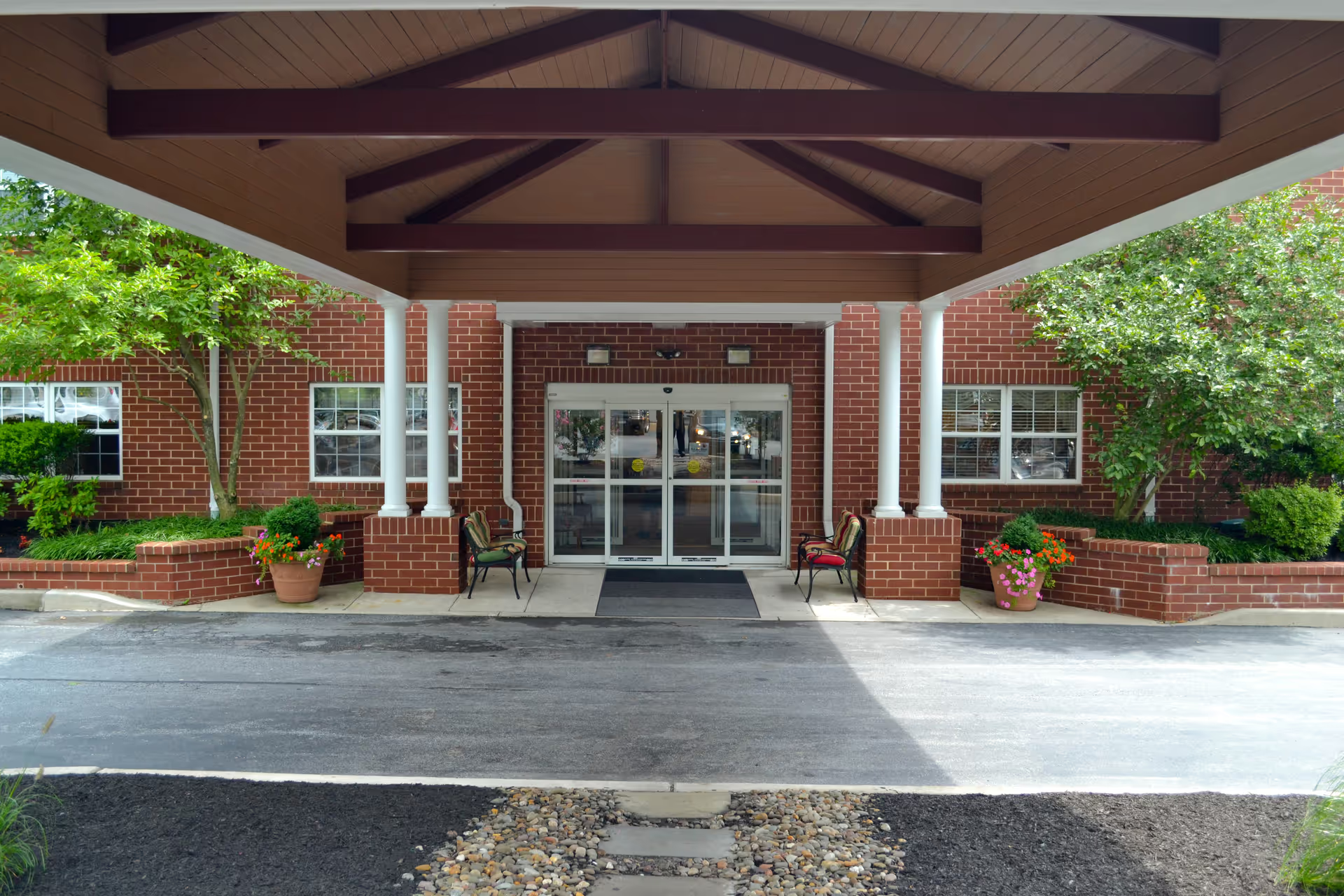Overall sentiment across the reviews is highly mixed, with a sharp divide between families who praise individual staff members and those who report significant problems with care, safety, communication, and facility conditions. Many reviewers explicitly commend the compassion, helpfulness, and professionalism of particular caregivers, memory-care leadership, and the Memory Care Manager. These positive comments emphasize attentive, person-centered interactions, staff who ask about residents' preferences, assistance with medical appointments, and efforts to make families feel reassured. COVID-era precautions such as masking and hand sanitizing and the presence of a sheltered outdoor area for activities are also noted positively.
However, the negative reports are numerous and serious in nature. Multiple reviews describe poor communication and availability—families report difficulty reaching staff, extended periods with no contact (one report of being unable to speak with or see a resident for six weeks with only billing reachable), and failures to notify families about medical issues (for example, a urinary tract infection). Staffing problems are implied by accounts of nurses being unavailable (e.g., unable to speak due to laryngitis) and caregivers being indifferent or unreachable. Management-level concerns appear in several reviews: families describe being dismissed when raising issues, and at least one review alleges threats from the executive director. This pattern indicates inconsistent responsiveness and potential breakdowns in escalation and complaint handling.
Safety and clinical care problems appear in multiple accounts and are among the most alarming themes. Reviews allege bruises, black eyes, absence of fall-prevention measures, bed rail safety issues, and even that a resident was effectively "drugged" and unable to walk or talk. There are multiple reports of neglectful incidents—residents left soiled, not offered help with feeding, experiencing risk of concussion, and significant personal belongings going missing. These accounts suggest inconsistent adherence to basic care and safety protocols in some shifts or units.
Dining and facility environment also receive mixed-to-negative feedback. Several reviewers report poor food quality, including undercooked or almost raw meat and generally unappetizing meals, while others simply describe cold or foul-smelling food. Facility appearance and physical layout are mentioned repeatedly: some describe areas as hospital-like, small, and confined, and others call the facility filthy with foul odors. At least one reviewer noted that renovations or general appearance were "not up to par." For memory care specifically, while the director is called knowledgeable, the unit is described by some as lacking liveliness and having small, confined rooms.
Activities and social engagement appear constrained, partly due to COVID-related limitations noted by reviewers. Although there is a stated philosophy supporting outdoor activities and an available sheltered outdoor area, multiple reviewers felt the environment was not lively or stimulating—particularly in memory care. One review notes that COVID restrictions limited activities significantly.
Taken together, the reviews indicate a facility with clear strengths at the level of individual caregivers and some managerial staff who are compassionate and effective, but with significant variability and inconsistency in overall quality. Positive experiences focus on attentive, caring staff and helpful memory-care leadership; negative experiences raise serious concerns about safety, communication, nutrition, cleanliness, and management responsiveness. These patterns suggest that outcomes for a given resident may depend heavily on specific staff members, shifts, or units.
For families considering this facility or current residents' advocates, the most salient takeaways are the need for careful, ongoing monitoring and clear communication channels. Ask for detailed care plans, documentation of incident reporting and follow-up, regular meetings with the Memory Care Manager or director, and evidence of staffing levels and training. If you observe or are told about safety incidents (falls, unexplained injuries, over-sedation), food-safety problems, or systemic communication failures, document everything and escalate promptly—first to facility management and then to the local long-term care ombudsman or licensing agency if issues are not resolved. The reviews show that while compassionate, skilled staff exist at The Magnolia, there are recurring, serious complaints that merit caution and active oversight by families and advocates.


